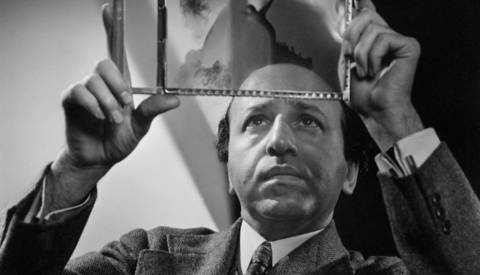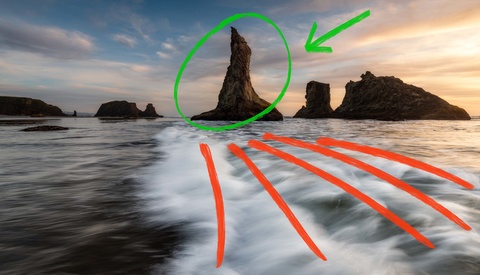Stories Behind Beautiful Wildlife Photos
A wildlife photographer must be prepared to wait hours for a shot to emerge. And once that shot appears, she may only have one second in which to capture the scene before it changes. Making things more complicated are the dozens of variables that can affect the quality of the shot, including weather, erratic animal behavior, and even other photographers working in the same location.





























































